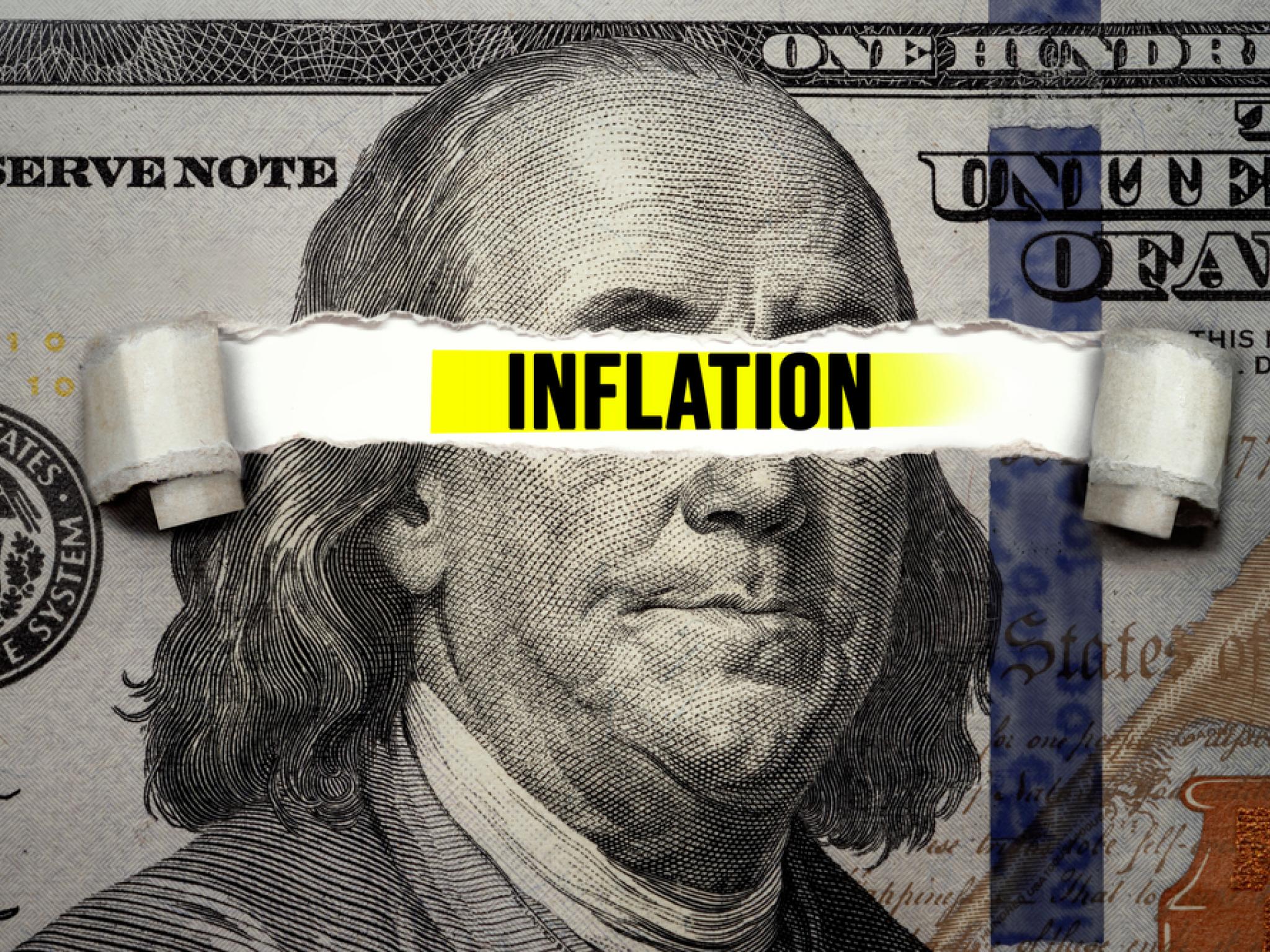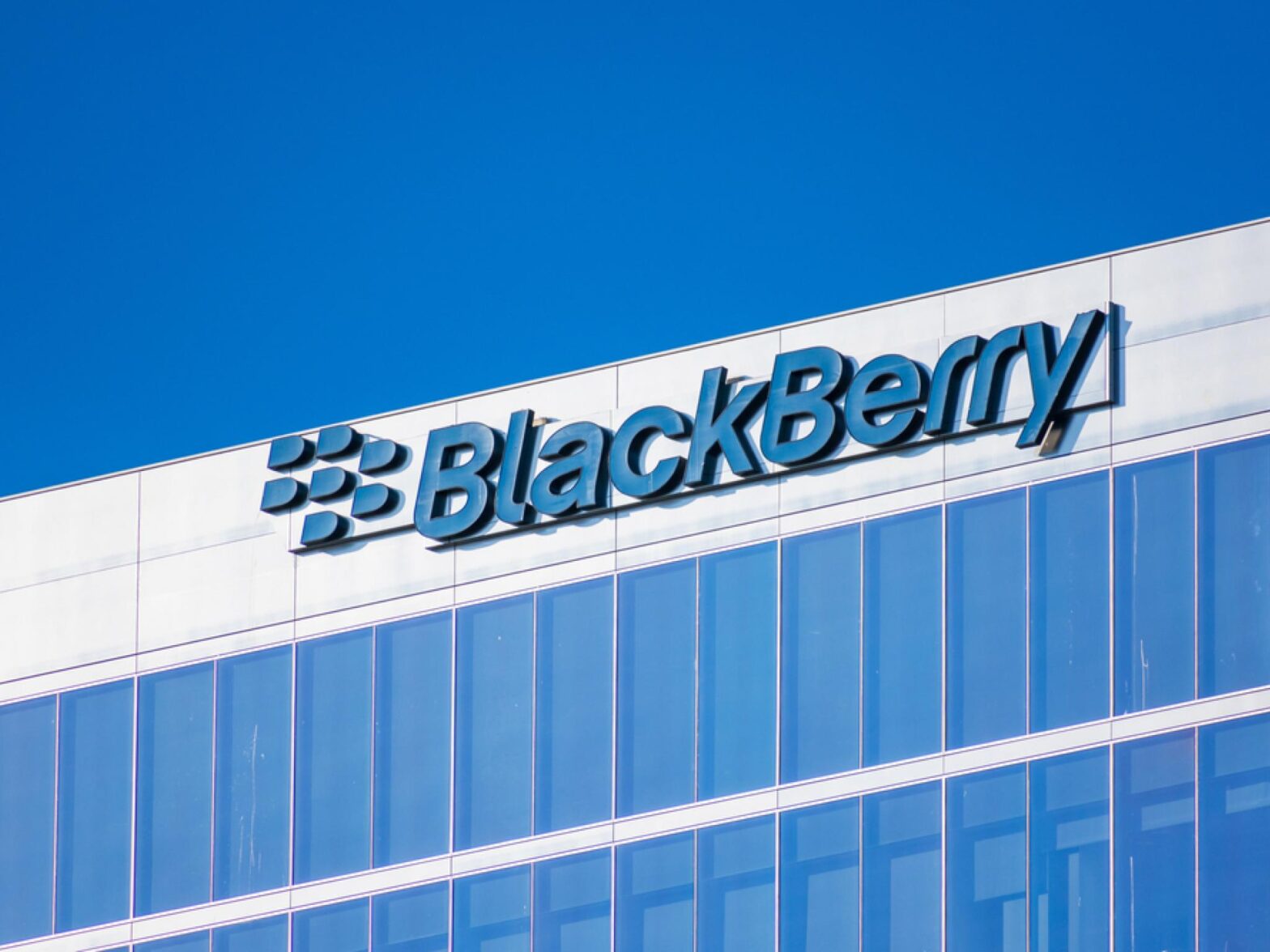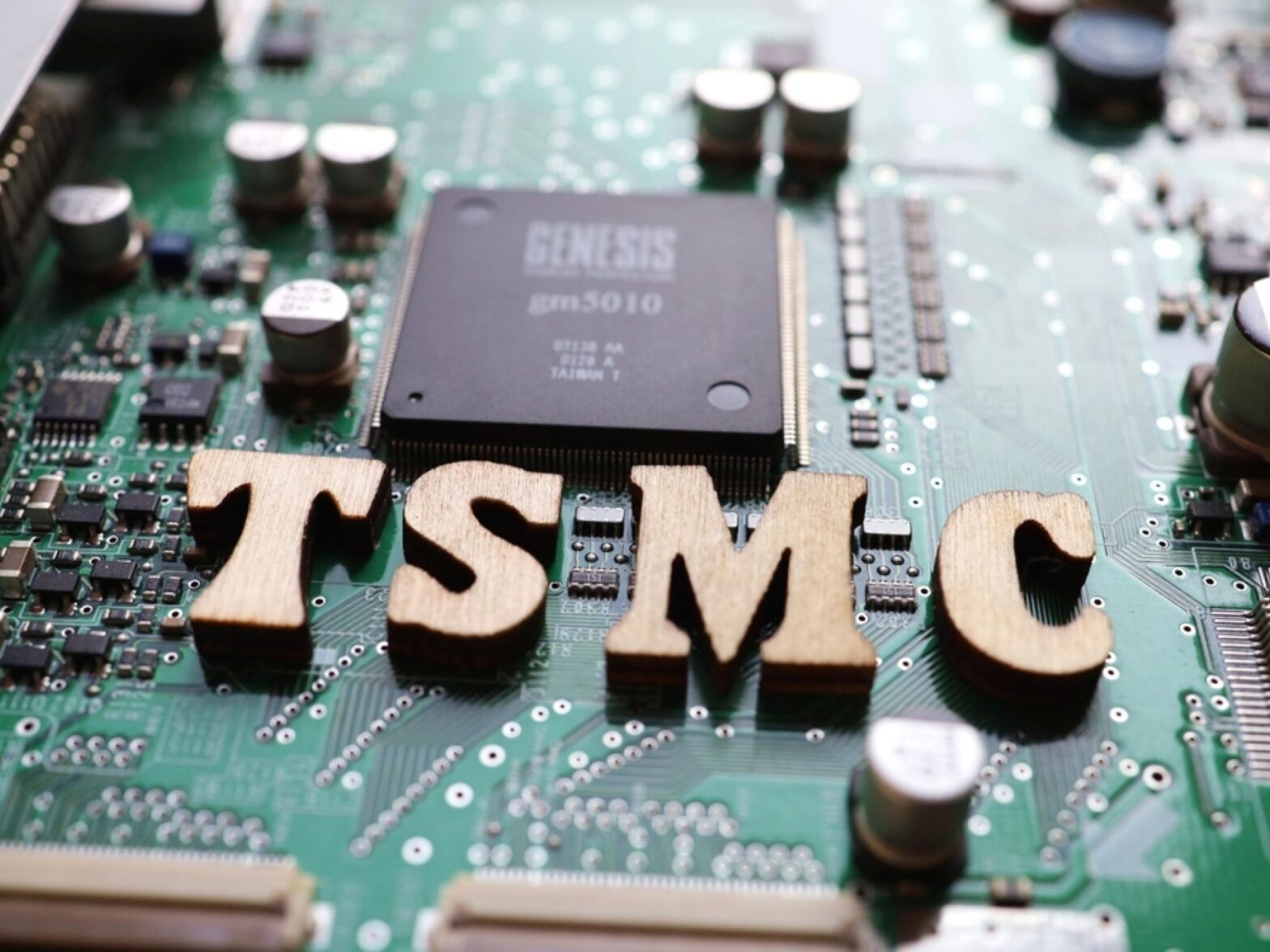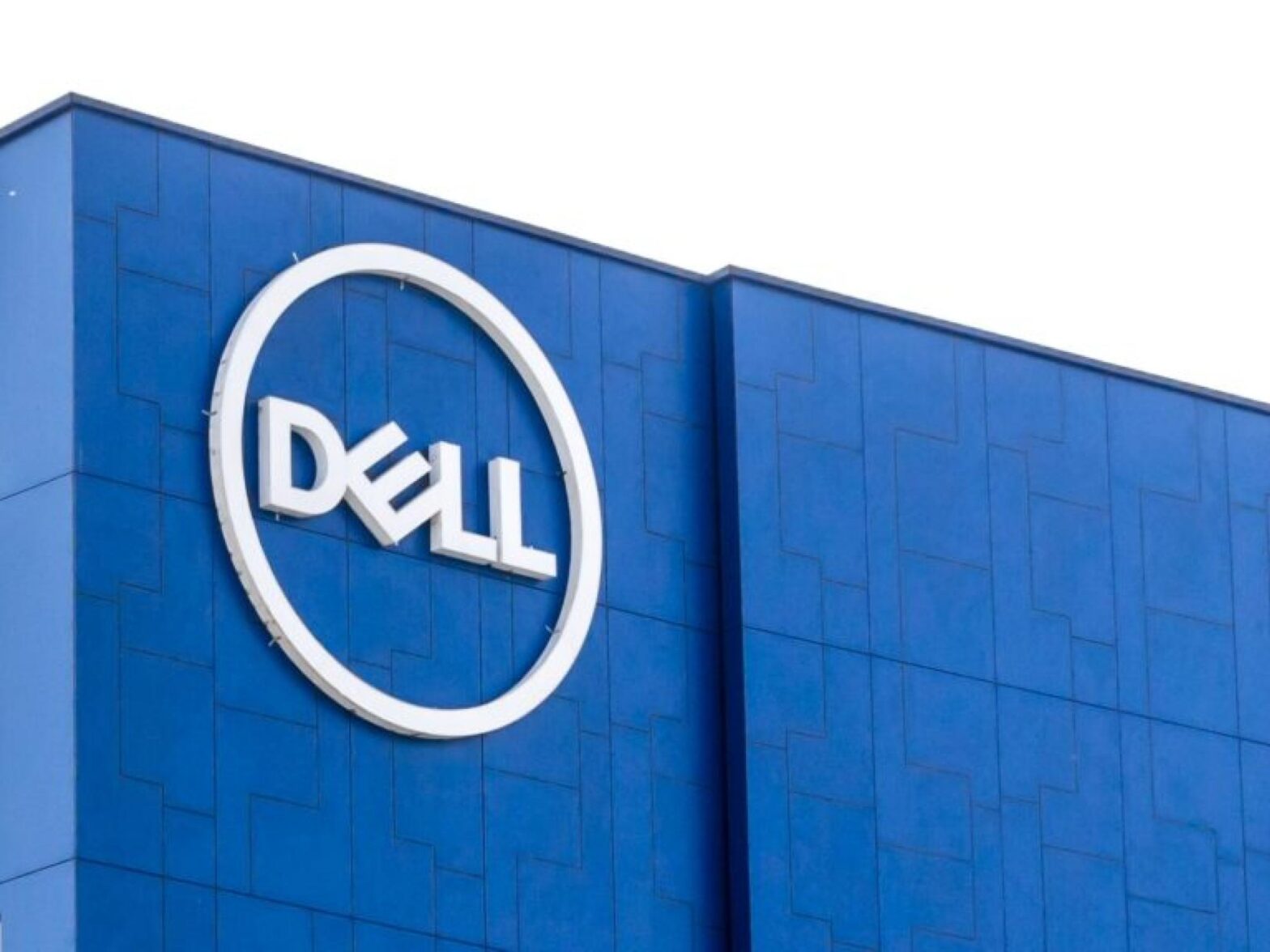Inflation Ticks Higher In February: Is A May Interest Rate Cut In The Cards? (UPDATED)

Editor’s note: This story has been updated with additional details and to reflect an upward revision to January’s core price index.
Personal consumption expenditures, the Federal Reserve’s preferred measure of inflation, rose as economists expected in February, leaving markets frustrated as to the likely timing of interest rate cuts.
Personal spending rose by 0.8% to $145.5 billion, more than the 0.5% expected and higher than the 0.2% increase seen in January.
Key highlights from February’s Personal Consumption Expenditures inflation report:
- The headline personal consumption expenditures price index rose by an annual rate of 2.5%, up from January’s 2.4% and in line with expectations.
- The headline month-on-month rate rose by 0.3% in a shade lower than the 0.4% forecasts, after a 0.3% rise last month.
- The core price index, stripping out volatile food and energy prices, rose by an annual rate of 2.8%, in line with consensus forecasts. January’s core price index rose by an upwardly revised 2.9%.
- The core monthly rate rose at 0.3%, in line and down from January’s 0.4% rise.
The slight rise in the headline measure of PCE inflation was largely expected following a similar tick higher in the annual rate of the headline consumer price index in February, reported earlier this month.
Indeed, February’s headline CPI rose to 3.2%, up from January’s 3.1%. Markets had been expecting the annual rate to remain at 3.2%.
Friday’s data showed that spending on services increased by $111.8 billion, with the largest contributors to the increase being housing and utilities. The increase in services spending was accompanied by a $33.7-billion increase in spending on goods.
Personal income in February rose by $66.5 billion, or 0.3%, following a 1% surge in January — which is not unusual as annual salary negotiations are often settled in January. Expectations were for a 0.4% increase.
It appears with Friday’s data, the Fed’s favored inflation gauge, as with the CPI data, that the final mile down to the Fed’s target rate of 2% is the stickiest.
Also Read: Inflation Rises More Than Expected To 3.2% In February, Rebuffs Expectations Of June Fed Rate Cut
Reactions And Rate Implications
The Fed continues to monitor the latest inflation and labor market data for the ideal time to begin cutting interest rates. Its next policy meeting is May, but perhaps this will be too soon. The central bank currently sees the likelihood of cutting three times in 2024.
The CME Group‘s FedWatch tool shows 95.8% of traders expect the Fed to hold rates steady in May as of Friday morning, up from 90.7% on Thursday.
For the Fed’s June meeting, 61% of traders expect an interest rate cut as of Friday, according to the FedWatch tool.
Ian Shepherdson, chief economist at Pantheon Macroeconomics, said: “The June meeting is still three months away, and we are sticking to our view that better inflation data and a clear softening in the labor market will push the Fed into easing.
“FOMC members have made it very clear that they are sensitive to the most recent data, despite the unreliability of the initial estimates of almost all economic statistics. When the data flip, the Fed will flip too. The only question is timing.”
Markets appeared to be pricing in a slim chance of a cut in May, but most bets were now pushed forward to June or July.
In Treasury markets, yields had been slightly higher before Friday’s inflation data and they were unmoved following the data, with the yield on the rate-sensitive two-year Treasury at 4.63%.
The dollar, meanwhile, gained 0.1% against a basket of rival currencies. U.S. markets are closed Friday.
Now Read: Russell 2000 Vs. S&P 500: Turning Tide For Small Caps? ‘Risk-Reward Trade-Off Is Very Skewed’





